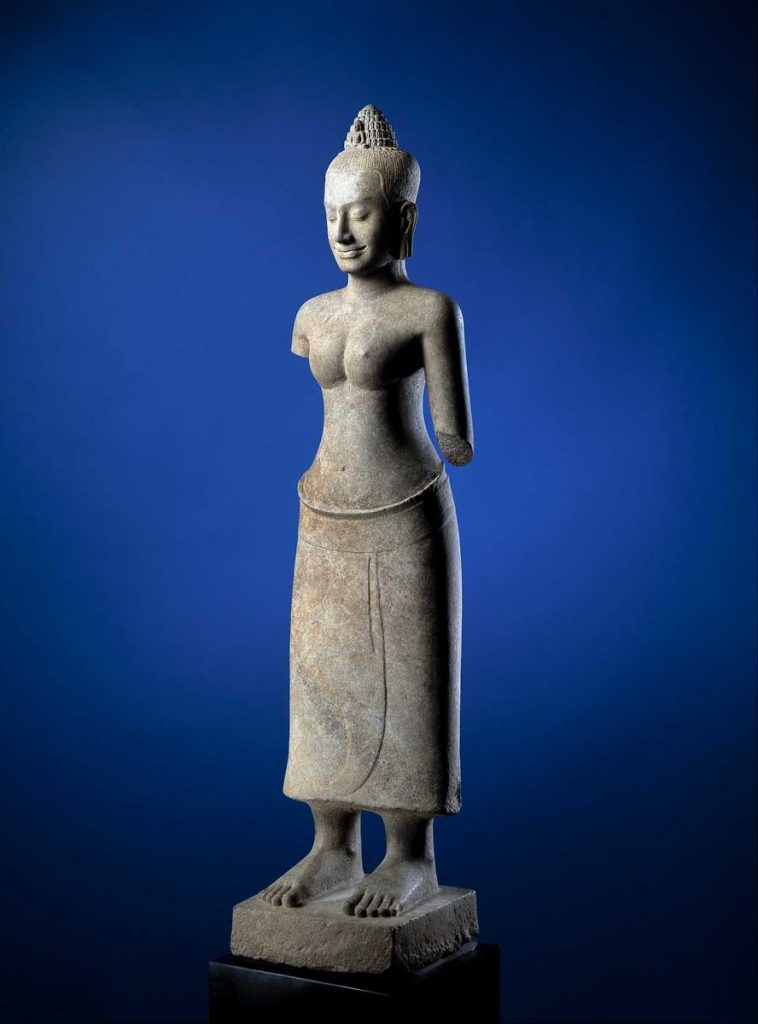
Denver Art Museum has agreed to return four artefacts to Cambodia after the Pandora Papers (an investigative media collaboration) revealed that the sculptures were linked to infamous British trafficker Douglas Latchford, the International Consortium of Investigative Journalists reports. Latchford, a specialist author and dealer in Khmer antiquities, was indicted by US law enforcement in 2019 for his role in trafficking looted artefacts from across Southeast Asia. Latchford died in 2020 before any charges could be made.
Following sustained efforts by the ICIJ and participating media organisations to contact Denver Art Museum, the institution removed four items from its collection. The objects include a prehistoric bell, said to be looted from Prasat Province, a sandstone sculpture of Prajnaparamita (goddess of wisdom), a sun god, and a lintel carved with the Hindu gods Vishnu and Brahma. The ICIJ have also reported that details of the latter two artefacts were published in one of Latchford’s books – ‘a technique that prosecutors said he used to give looted items an air of legitimacy to ease their sales’. Latchford also used false documents in his dealings with museums, as a means of proving ‘ownership history’.
Denver Art Museum is not the only institution facing issues of restitution for looted and stolen artefacts. The Pandora Papers also listed a number of other international museums that currently hold relics from Southeast Asia via dealings with Latchford: the Metropolitan Museum of Art, New York, British Museum, London, Cleveland Museum of Art, Museum of Fine Arts, Boston, Asian Art Museum, San Francisco, among others, all hold artefacts directly linked to Latchford and his associates.
The ICIJ reported that while ‘Cambodian officials said they welcomed the Denver announcement, the protracted negotiations over the four pieces reflect the general reluctance of museums to return Khmer artifacts that Cambodian officials assert were stolen from the country.’